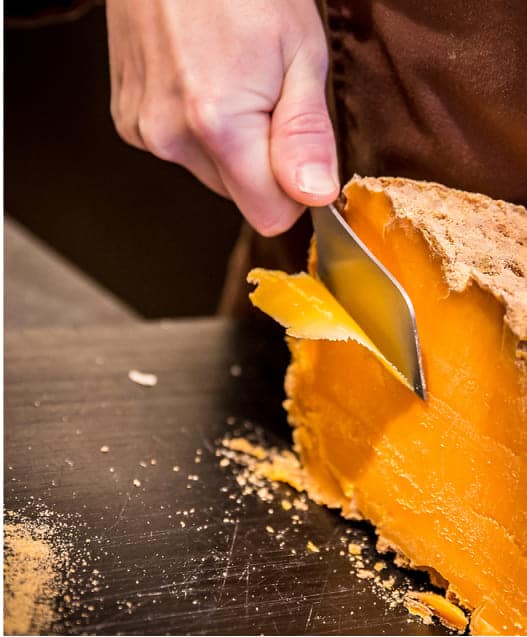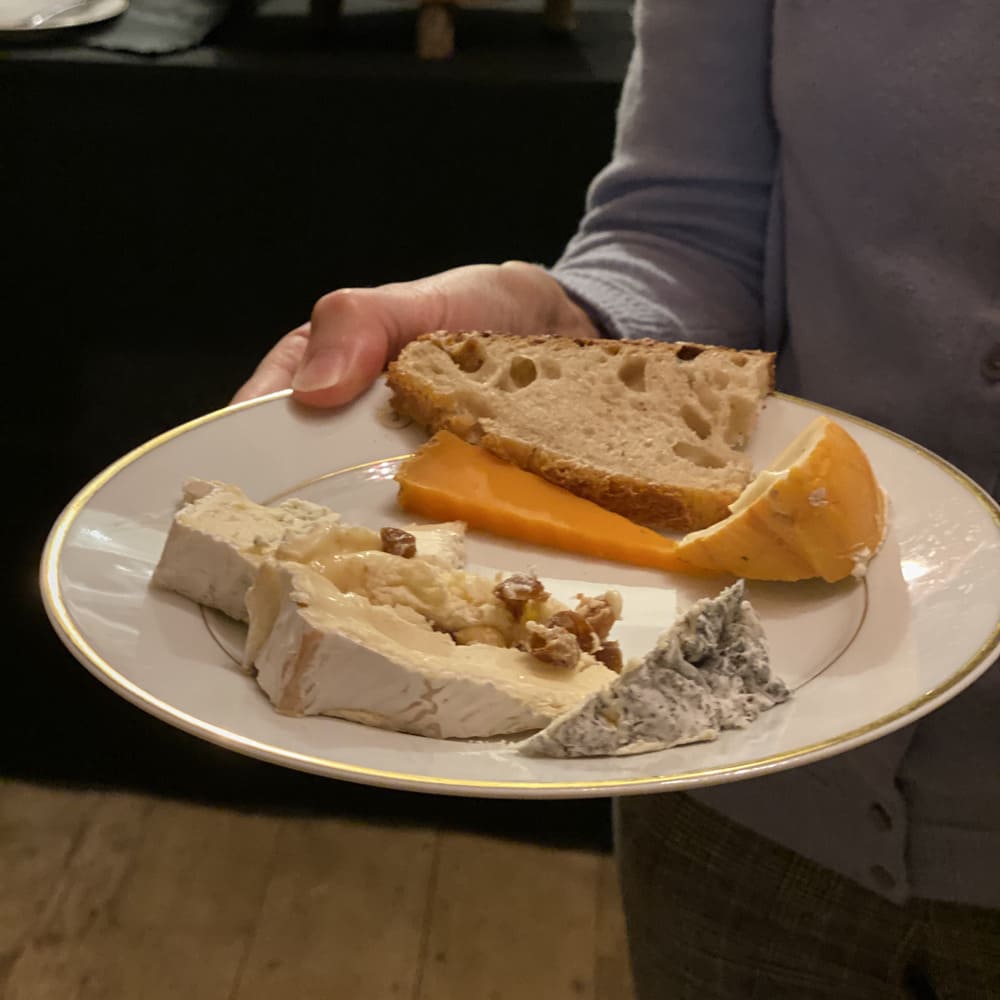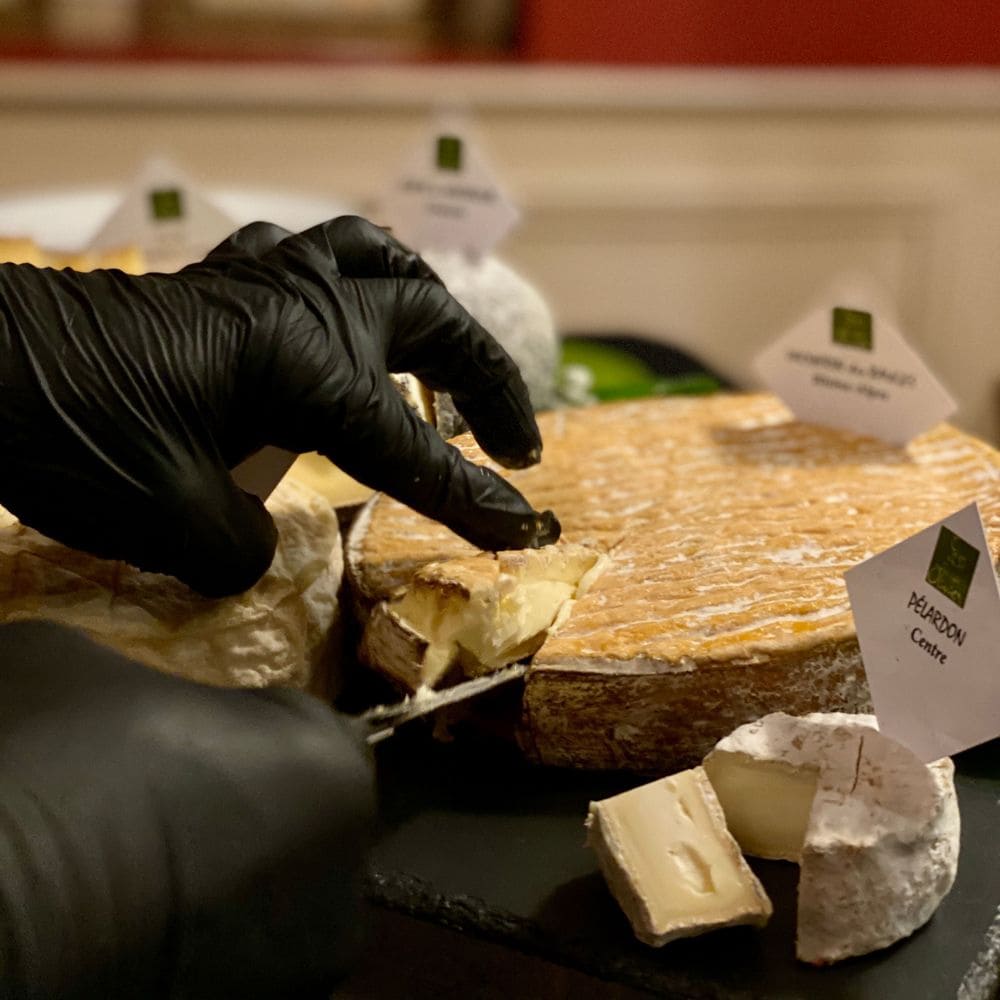Through the seasons
Our first tip for enjoying our cheeses is to follow the seasons. Yes, there are seasons for cheese, just as there are for fruit and vegetables! But beware: the season of consumption is generally not because there's a ripening period between the two, which varies in length depending on the cheese.

The days are getting longer, the sun is shining, the kids are born and the animals start to feed on the fresh grass of the pastures. The result is milk with fresh, flowery, enriched aromas, and it's the peak season for goat's milk cheeses!

Once the cheeses made in late spring have finished maturing, they reach their peak: enjoy soft cheeses with washed and bloomy rinds. Brie de Meaux or Melun, Maroilles, Munster, Coulommiers and Camembert de Normandie.

Summer sometimes leaves soils impoverished and parched due to the heat, but you should know that nature has innumerable resources, and pastures are often given a second lease of life in September and October, thanks to the regain. In fact, it's a second regrowth, and one that allows the terroir to express its typicality even better! Blue-veined cheeses retain their summer strength, goat's milk cheeses rediscover their springtime, herbaceous flavors, and you can't get enough of soft cheeses like a good Reblochon, or a Cœur de Neufchâtel!

Winter milks are inevitably less rich and less distinctive at this time of year. We therefore tend to turn to products made in spring or summer, cooked or uncooked pressed cheeses that require longer maturing. Comté, Saint-Nectaire, Tomme de brebis des Pyrénées...

Putting taste before sight
Don't always trust the look or shape of our mature cheeses. Ask questions and, above all, taste! There's no secret: put your trust in our team of cheesemongers, talk to them and, if in doubt, ask to taste. They'll choose for you from all the cheese families, the one that's good and ready to eat !






